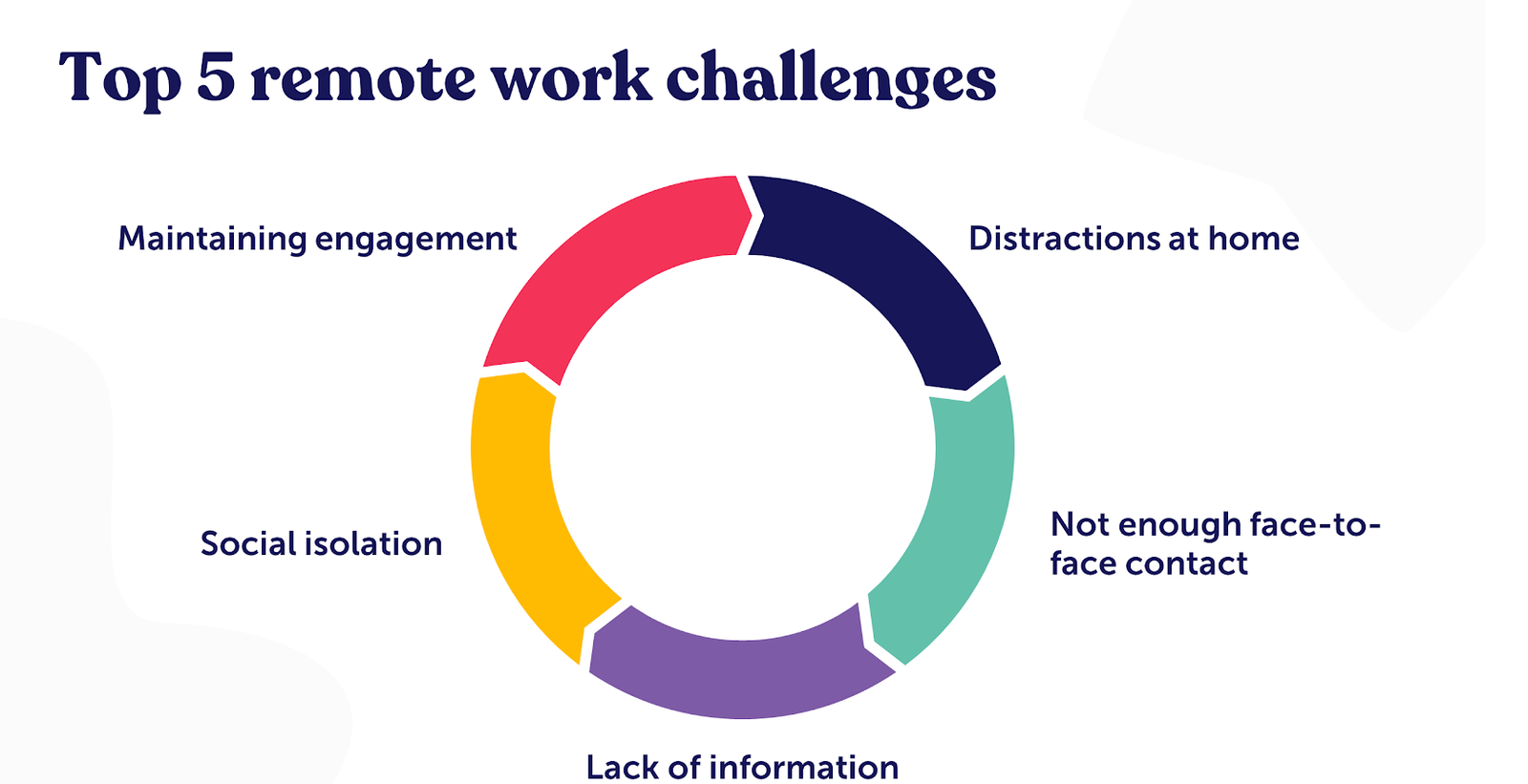
What is a Remote Team?

A remote team, also known as a virtual team or distributed team, refers to a group of individuals working together on a common goal or project, but located in different geographical locations. Unlike traditional teams that work in the same physical office space, remote teams rely on communication and collaboration tools to work together despite being physically separated.
Remote teams have become increasingly popular with advancements in technology and the rise of flexible work arrangements. Team members can work from their own homes, co-working spaces, or any other location with an internet connection. They collaborate through virtual meetings, video conferencing, email, instant messaging, project management tools, and other online platforms.
The advantages of remote teams include:
- Access to global talent: Remote teams allow organizations to tap into talent pools worldwide, as geographical boundaries are no longer limited.
- Flexibility and work-life balance: Team members have the flexibility to work from any location, which enables them to maintain a better work-life balance and accommodate personal commitments.
- Cost savings: Remote teams eliminate the need for physical office space, reducing overhead costs associated with facilities and utilities.
- Increased productivity: Some studies suggest that remote workers are more productive due to reduced distractions and the ability to work in their preferred environment.
- Diverse perspectives: Remote teams often bring together individuals from different cultural backgrounds and experiences, leading to diverse perspectives and innovative solutions.
Suggested Reading: Effective Strategies for Managing a Team
Challenges in Managing Remote Teams

Remote teams also face challenges that need to be managed effectively, such as:
- Communication and collaboration: Without face-to-face interactions, effective communication becomes crucial. It’s important to establish clear channels of communication and leverage appropriate tools to maintain collaboration.
- Time zone differences: Remote teams spanning multiple time zones need to find ways to coordinate schedules and ensure that team members can collaborate effectively.
- Building trust and cohesion: Without regular physical interactions, building trust among team members can be challenging. Efforts must be made to foster trust and team cohesion through virtual means.
- Managing performance: Remote teams require effective performance management systems to ensure that individuals are accountable and meeting their objectives.
Problems That a Manager Has to Face to Manage a Remote Team
Managing a remote team comes with its own set of challenges for managers. Here are some common problems that managers may face when managing a remote team:
- Communication and collaboration: Communication becomes more challenging when team members are not physically present in the same location. Miscommunication, lack of clarity, and delays in response can occur, hindering effective collaboration and coordination.
- Building trust and rapport: Building trust among team members can be more difficult when there are limited opportunities for face-to-face interactions. Managers need to find ways to foster trust, encourage open communication, and promote a sense of camaraderie within the remote team.
- Monitoring and performance management: It can be challenging for managers to monitor the performance and progress of remote team members. Without direct observation, it may be harder to assess their work quality, identify potential issues, or provide timely feedback.
- Time zone and cultural differences: Remote teams often span different time zones, which can make scheduling meetings and coordinating work more complicated. Additionally, cultural differences among team members may affect communication styles, expectations, and work norms, requiring managers to be sensitive and adaptable.
- Technology and connectivity issues: Reliance on technology for communication and collaboration means that technical issues, such as internet connectivity problems or software glitches, can disrupt workflow and hinder productivity. Managers need to have contingency plans in place and provide technical support when needed.
- Social isolation and team cohesion: Remote work can lead to feelings of isolation and reduced social interaction, potentially impacting team morale and cohesion. Managers should actively foster a sense of belonging, encourage virtual team-building activities, and create opportunities for informal conversations.
- Balancing workloads and ensuring productivity: Managers must ensure that workloads are distributed fairly among team members and monitor productivity levels. Without direct supervision, it may be challenging to assess individual contributions and prevent burnout or underperformance.
Remote Work Management: How to Manage Remote Teams
Managing remote teams effectively requires a thoughtful approach to communication, collaboration, and team dynamics. Here are some strategies to help you manage remote teams successfully:
- Establish clear communication channels: Define preferred communication tools and protocols to ensure effective and consistent communication among team members. This may include email, instant messaging platforms, video conferencing tools, or project management software. Encourage open and transparent communication to foster collaboration.
- Set clear expectations and goals: Clearly define expectations, deliverables, and goals for each team member. Establish measurable targets and deadlines to track progress. Ensure that team members have a clear understanding of their roles and responsibilities.
- Foster a culture of trust and autonomy: Trust is crucial in remote teams. Empower team members by granting them autonomy and ownership of their work. Avoid micromanagement and instead focus on results and outcomes. Encourage open and honest communication, provide constructive feedback, and recognize achievements.
- Facilitate regular check-ins and meetings: Schedule regular team meetings, one-on-one check-ins, and project updates to keep everyone aligned and informed. These meetings provide opportunities for clarification, sharing progress, addressing challenges, and building rapport among team members.
- Leverage collaboration tools: Utilize collaboration and project management tools to enhance teamwork and productivity. These tools can include shared document repositories, task management platforms, and virtual whiteboards. Choose tools that best suit your team’s needs and ensure that everyone is trained to use them effectively.
- Encourage virtual social interactions: Foster a sense of camaraderie and social connection among team members. Encourage virtual team-building activities, such as virtual coffee breaks, informal chats, or online team games. Celebrate milestones and achievements to create a positive team culture.
- Support professional development: Provide opportunities for learning and professional growth. Offer online training, webinars, or workshops relevant to their roles. Encourage team members to share their expertise and promote knowledge sharing within the team.
- Address time zone and cultural differences: Be mindful of time zone variations and find ways to accommodate different schedules. Establish common working hours when team members need to be available for real-time collaboration. Respect cultural differences and encourage inclusive communication and collaboration.
- Prioritize work-life balance: Remote work can blur the boundaries between work and personal life. Encourage a healthy work-life balance by setting clear expectations for work hours, encouraging breaks, and promoting self-care. Support flexibility when needed, taking into account individual circumstances.
- Evaluate and adapt: Regularly assess team performance, processes, and challenges. Seek feedback from team members and make necessary adjustments to improve remote work management. Continuously adapt and refine your strategies based on the evolving needs of the team.
Suggested Reading: Effective Strategies for Managing a Team


